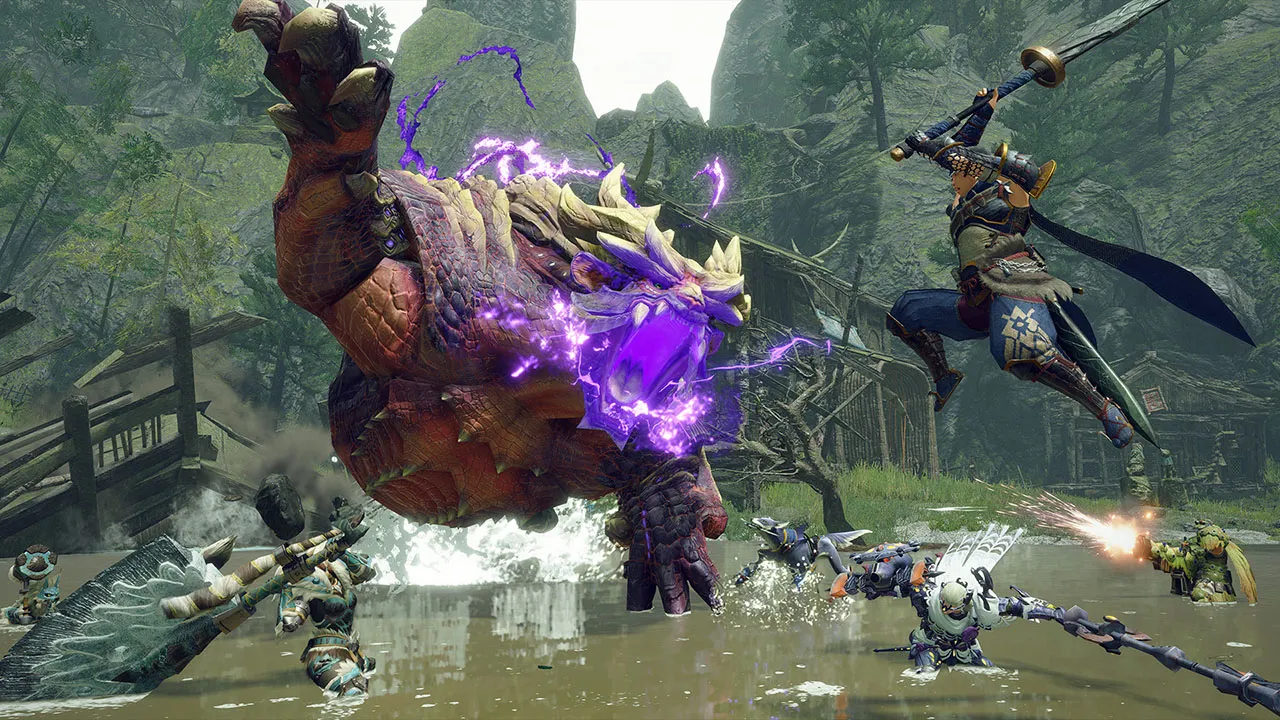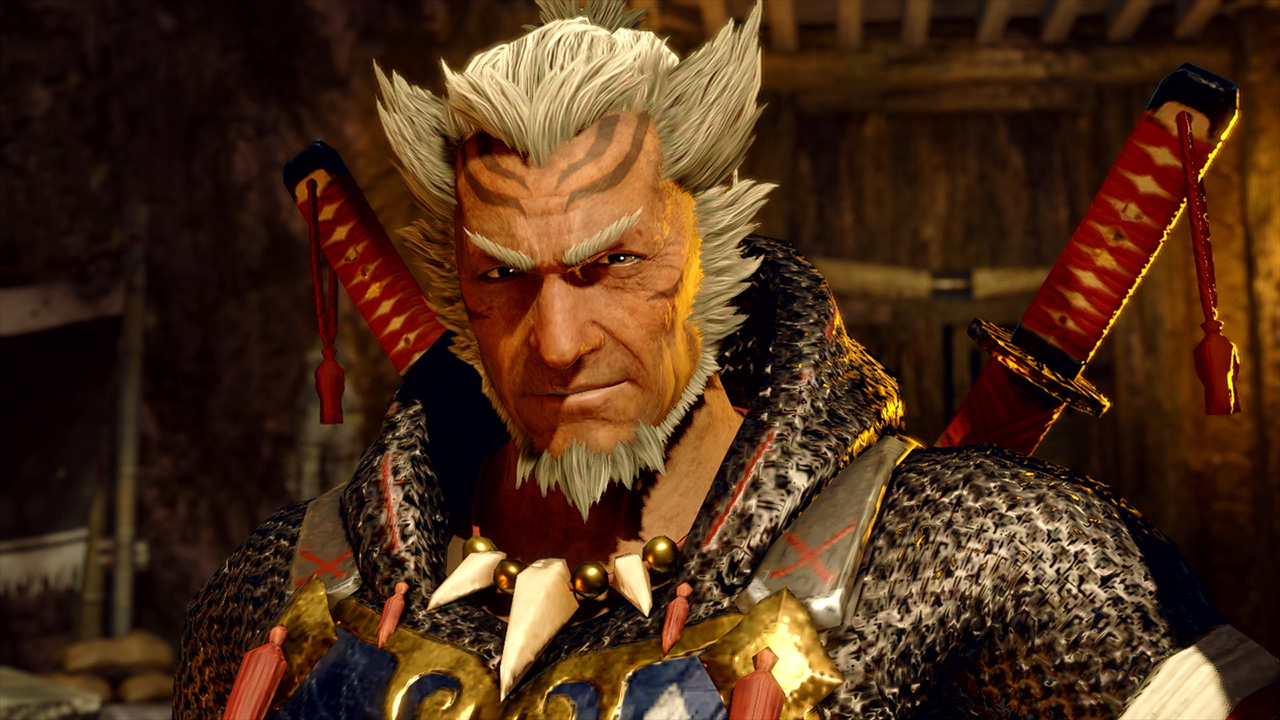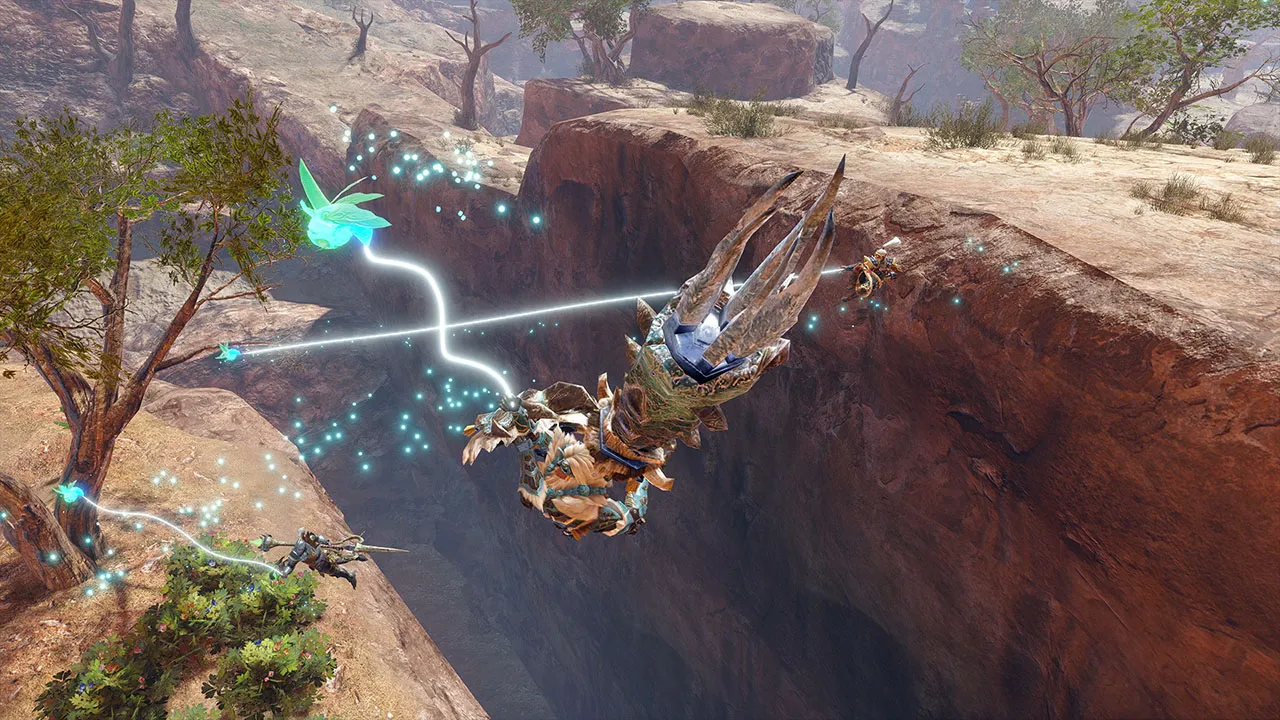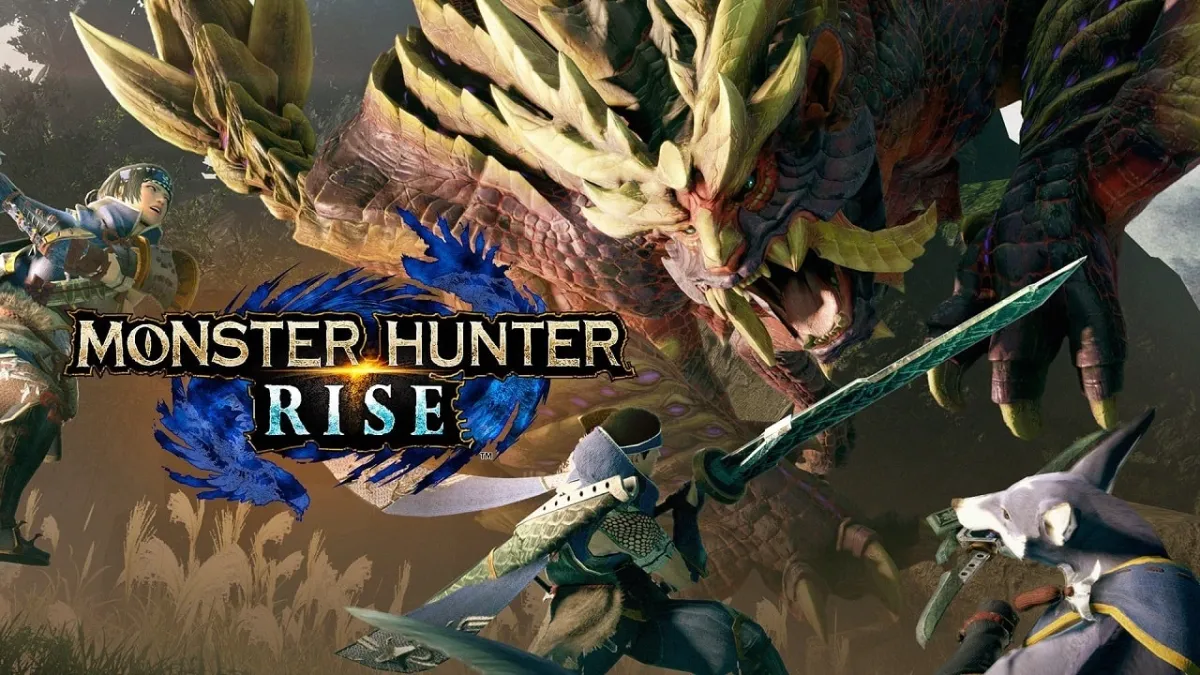Monster Hunter on PC feels like a match made in heaven, but the series has surprisingly only seen two mainline entries on Steam. The first of which was the belated port of Monster Hunter World, which arrived a few months after the PS4 and Xbox One versions and always felt like it took a backseat to its console counterparts when it came to post-launch support and updates. Now, Monster Hunter Rise is the second Monster Hunter game to hit PC, and it feels like Capcom has finally realized the massive potential the franchise has on the platform.
As expected, the PC port of Rise is miles better than the Nintendo Switch version. Both versions are functionally identical, but a higher framerate and resolution really do make that much of a difference. Rise is much faster-paced than its predecessors, largely due to new additions like the Wirebug and Switch Skills that add an entirely new layer of mobility during combat. Because of its action-oriented nature, being able to play at 60 FPS or higher just feels right. It’s easy to nail those last-second dodges, and hitting shots with ranged weapons like the Bowgun feels a whole lot easier.

Rise also shows that a PC version of Monster Hunter doesn’t need the fancy graphics of World. The core experience is satisfying enough, and it really feels like there were zero gameplay concessions made because this was originally a Nintendo Switch game. This is an uncompromised Monster Hunter experience that only feels held back in the visual department, although it’s not much of an issue because the game does still look very good at high resolutions thanks to its strong art direction. Rise already looked surprisingly good on Switch, and that style scales up very well on PC.
All of these technical improvements are to be expected when it comes to a PC port, but that’s the main reason people would be interested in the PC version of Rise over the Switch port anyway. You lose out on portability (at least until the Steam Deck releases later this year), but you gain a sharper resolution, higher framerate, ultrawide support, faster load times, and all the bells and whistles you’d expect.

Moving past the PC-specific enhancements, Monster Hunter Rise is still an exceptional game on its own. The franchise has gotten better and better with each entry, but most would agree that Monster Hunter World was the largest jump the series has made in a long time. It made Monster Hunter more accessible than ever before with a streamlined upgrade system, open-world maps, and a stronger focus on environments, and all of those features have thankfully remained in Rise.
Of course, the environments are a lot less detailed in Rise than they were in World due to the game’s origins on Switch, but that open design philosophy has remained present. Environments are packed with endemic life that can be used in various ways while on hunts, and glowing Spiribirds are scattered throughout levels that provide stat buffs when collected. Loading screens between areas are thankfully still gone, and environments have an unprecedented level of verticality that players can take advantage of using the game’s new mobility options.

Wirebugs and Palamutes seem like a small addition on paper, but in practice, they completely change the way you play the game. Palamutes can be mounted so you can get around areas faster, and they can drift around corners to gain a speed boost. When a monster flees, you can usually keep up with it while mounted, which gets rid of a lot of the downtime that used to be present during hunts. You can still take your time to sharpen, heal, or return to camp to grab ammo if need be, but that downtime is now basically optional.
Wirebugs, on the other hand, can be used while on foot and have a variety of uses. The main use is essentially a grappling hook that can be used anywhere at any time. You can pull yourself in any direction, even upward, and you can run up and along walls if you launch yourself into them. If you use the Wirebug to land aerial attacks on a monster, then you’ll make it more susceptible to being mounted. Wyvern Riding replaces traditional mounting, allowing you to hop on a monster’s back and slam it into walls or use it to attack other nearby monsters. Outside of movement, Wirebugs can also be spent to unleash powerful special abilities called Silkbind attacks.

All of these new additions make Rise the most fluid Monster Hunter game to date. The game’s combat still maintains the heavy, deliberate feeling that the series is known for though, so don’t expect to be able to swing your weapon around without much thought and still make it through high-rank hunts. However, most of the weapons lack the oomph that they had in World. Weapons felt much more impactful in that game than they do in Rise. It’s not that weapons feel bad in Rise, they actually feel similar to weapons from previous 3DS Monster Hunter games, it’s just that World was such an upgrade in the audiovisual department that Rise’s weapon feedback feels like a step back.
That’s a very minor gripe though, and there’s a lot to love about everything else in Rise. Even the new Rampage mode, which is basically a tower defense minigame where you place ballistas, cannons, and automated defenses to ward off waves of monsters, is surprisingly enjoyable, especially with friends. It’s not compelling enough to replace the traditional hunts, but as a side mode, it’s a nice addition. It also gives special rewards that can be used to improve your weapons, which any serious hunter will want to take advantage of.

All in all, Rise is a standout entry in a series that already features a long line of excellent titles. Monster Hunter Rise combines all of the quality of life features introduced in World while keeping the best parts of the earlier games in the series, resulting in the most refined Monster Hunter title to date. There are a few improvements that could be made, mostly regarding the endgame loop, but those issues are all but guaranteed to be remedied with the release of the Sunbreak expansion later this year. Everything we said about Monster Hunter Rise in our original Nintendo Switch review still stands, and the PC version is even better.












Published: Jan 14, 2022 09:25 pm